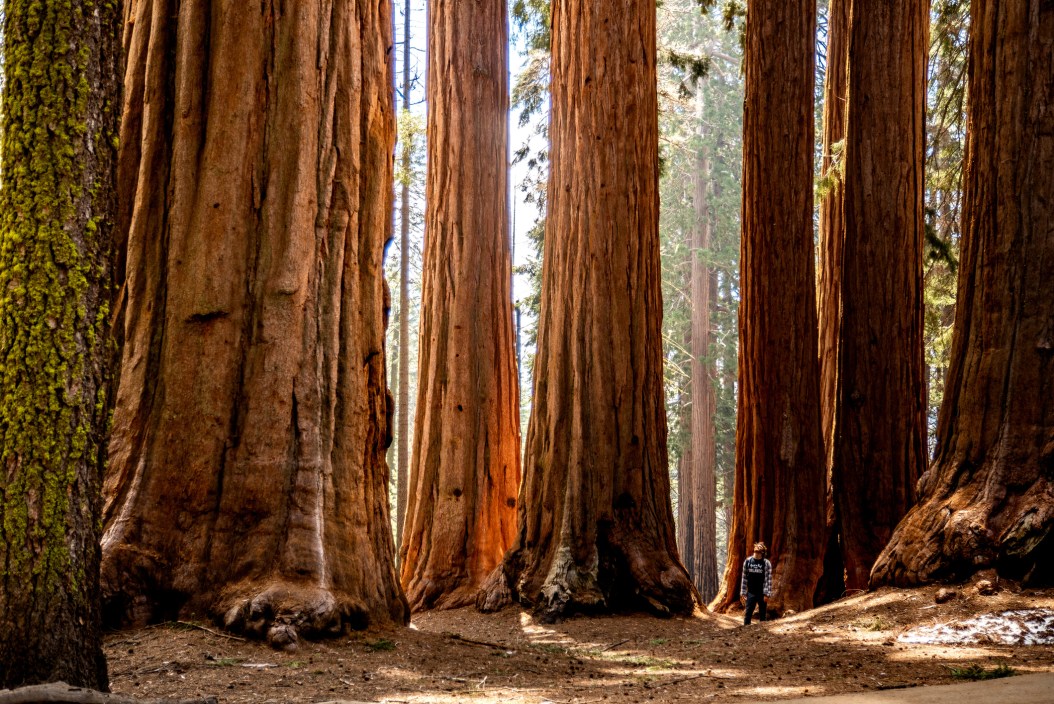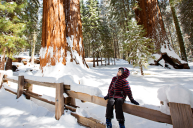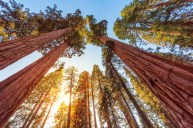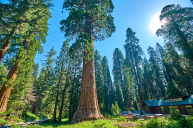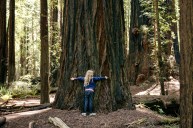Three environmental organizations have banded together to file a federal lawsuit attempting to block planned logging projects at Giant Sequoia National Monument in California. The project could result in the U.S. Forest Service dropping tens of thousands of trees, displacing native wildlife, and irreversibly damaging the delicate landscape in the sequoia forest, the opponents say.
The three nonprofit organizations suing the federal government are the Sierra Club, the John Muir Project of Earth Island Institute, and Sequoia Forestkeeper. They argue that the government's claim about localized logging—that it will result in ecological restoration of two areas burned in the 2020 Castle Fire and the 2021 Windy Fire—is misguided.
Rather than restore the areas, the groups say, the proposed for-profit logging projects will threaten species that are already at serious risk, such as the Pacific fisher, California spotted owl, and a pack of gray wolves that came to the area in recent years. The lawsuit also claims that heavy logging machinery would harm the protected landscape in an area where this type of work is already prohibited via the National Environmental Policy and National Forest Management acts, Courthouse News Service reports. The lawsuit calls for new assessments before any work takes place.
"We have, basically, a large commercial logging project disguised as a restoration project," said Aaron Isherwood, managing attorney for the Sierra Club. "And to be clear, there are some aspects of the project that we support. Prescribed fire to reduce fire risks is something we generally support. Removing brush and small-diameter trees, especially near homes—that's something we support. But what we have here, in addition to a little bit of good stuff, is a whole lot of bad stuff that involves thousands of acres of logging the monument and removing large trees, old trees, that are in some instances several hundred years old."
According to a statement from the Sierra Club, the U.S. Forest Service violated the National Environmental Policy Act by preparing only an environmental assessment instead of a more-rigorous environmental impact statement, and by wrongly defining the purpose of the projects too narrowly and without exploring a range of alternatives. The lawsuit also states that the Forest Service violated the National Forest Management Act by going against its own forest plan for the monument, and by even taking it a step further by proposing actions beyond what were authorized in an emergency-decision memo by the chief of the Forest Service.
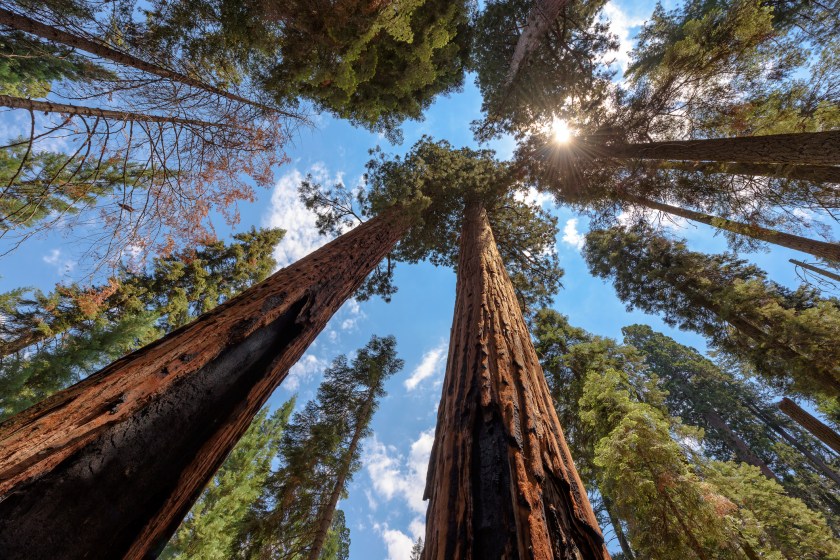
Getty, lucky-photographer
The giant sequoia trees only grow naturally in one place on Earth: a 60-mile band along middle elevations of the west slope of the Sierra Nevada Mountain range, according to the U.S. Forest Service. These magnificent trees can grow to be taller than 300 feet and more than 20 feet wide. While they are usually hearty trees that can withstand seasonal wildfire, massive wildfires between 2020 and 2021 killed between 13% to 19% of the giant sequoia trees.
"Giant sequoias are some of the most iconic trees in the United States, and they should be preserved for generations to come," said Alex Craven, Sierra Club forest campaign manager. "Simply put, these projects as proposed won't help us achieve that. Moreover, they threaten the vulnerable and endangered species who call these landscapes home."
READ MORE: TKTKT
